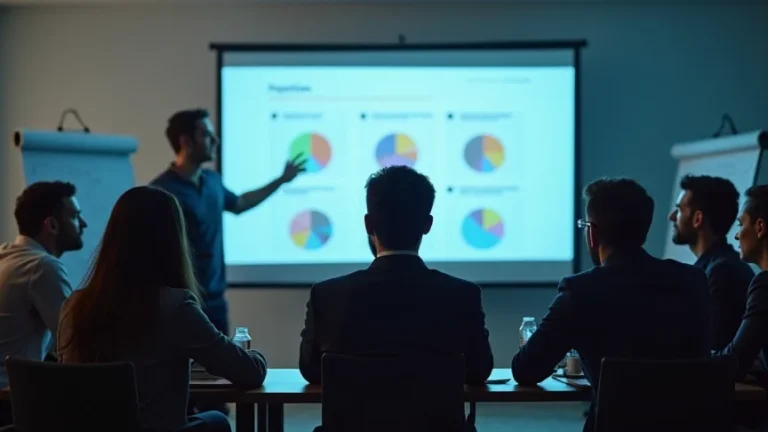
Negativitet på arbetsplatsen: Vad kan du som chef göra?
En utmaning för chefer är att hantera medarbetare som har fastnat i ett negativt tankemönster. Utforska de dolda aspekterna av negativitet på arbetsplatsen och hur du kan vända trenden.
Artikelns källor
➔-
- Fredrickson, B. L. (2001). The role of positive emotions in positive psychology: The broaden-and-build theory of positive emotions. American Psychologist, 56(3), 218-226.
https://www.ncbi.nlm.nih.gov/pmc/articles/PMC3122271/
- Fredrickson, B. L. (2001). The role of positive emotions in positive psychology: The broaden-and-build theory of positive emotions. American Psychologist, 56(3), 218-226.
-
- Barsade, S. G., & O’Neill, O. A. (2016). Manage your emotional culture. Harvard Business Review, 94(1), 58-66.
https://hbr.org/2016/01/manage-your-emotional-culture
- Barsade, S. G., & O’Neill, O. A. (2016). Manage your emotional culture. Harvard Business Review, 94(1), 58-66.
-
- Baumeister, R. F., Bratslavsky, E., Finkenauer, C., & Vohs, K. D. (2001). Bad is stronger than good. Review of General Psychology, 5(4), 323-370.
https://assets.csom.umn.edu/assets/71516.pdf
- Baumeister, R. F., Bratslavsky, E., Finkenauer, C., & Vohs, K. D. (2001). Bad is stronger than good. Review of General Psychology, 5(4), 323-370.
-
- Spreitzer, G., Sutcliffe, K., Dutton, J., Sonenshein, S., & Grant, A. M. (2005). A socially embedded model of thriving at work. Organization Science, 16(5), 537-549.
https://webuser.bus.umich.edu/spreitze/Pdfs/sociallyembedded.pdf
- Spreitzer, G., Sutcliffe, K., Dutton, J., Sonenshein, S., & Grant, A. M. (2005). A socially embedded model of thriving at work. Organization Science, 16(5), 537-549.
-
- Losada, M., & Heaphy, E. (2004). The role of positivity and connectivity in the performance of business teams: A nonlinear dynamics model. American Behavioral Scientist, 47(6), 740-765.
https://journals.sagepub.com/doi/10.1177/0002764203260208
- Losada, M., & Heaphy, E. (2004). The role of positivity and connectivity in the performance of business teams: A nonlinear dynamics model. American Behavioral Scientist, 47(6), 740-765.
-
- Carmeli, A., Brueller, D., & Dutton, J. E. (2009). Learning behaviours in the workplace: The role of high‐quality interpersonal relationships and psychological safety. Systems Research and Behavioral Science, 26(1), 81-98.
https://onlinelibrary.wiley.com/doi/abs/10.1002/sres.932
- Carmeli, A., Brueller, D., & Dutton, J. E. (2009). Learning behaviours in the workplace: The role of high‐quality interpersonal relationships and psychological safety. Systems Research and Behavioral Science, 26(1), 81-98.
-
- Edmondson, A. (1999). Psychological safety and learning behavior in work teams. Administrative Science Quarterly, 44(2), 350-383.
https://web.mit.edu/curhan/www/docs/Articles/15341_Readings/Group_Performance/Edmondson%20Psychological%20safety.pdf
- Edmondson, A. (1999). Psychological safety and learning behavior in work teams. Administrative Science Quarterly, 44(2), 350-383.
-
- Luthans, F., Avolio, B. J., Avey, J. B., & Norman, S. M. (2007). Positive psychological capital: Measurement and relationship with performance and satisfaction. Personnel Psychology, 60(3), 541-572.
https://digitalcommons.unl.edu/cgi/viewcontent.cgi?article=1010&context=leadershipfacpub
- Luthans, F., Avolio, B. J., Avey, J. B., & Norman, S. M. (2007). Positive psychological capital: Measurement and relationship with performance and satisfaction. Personnel Psychology, 60(3), 541-572.






